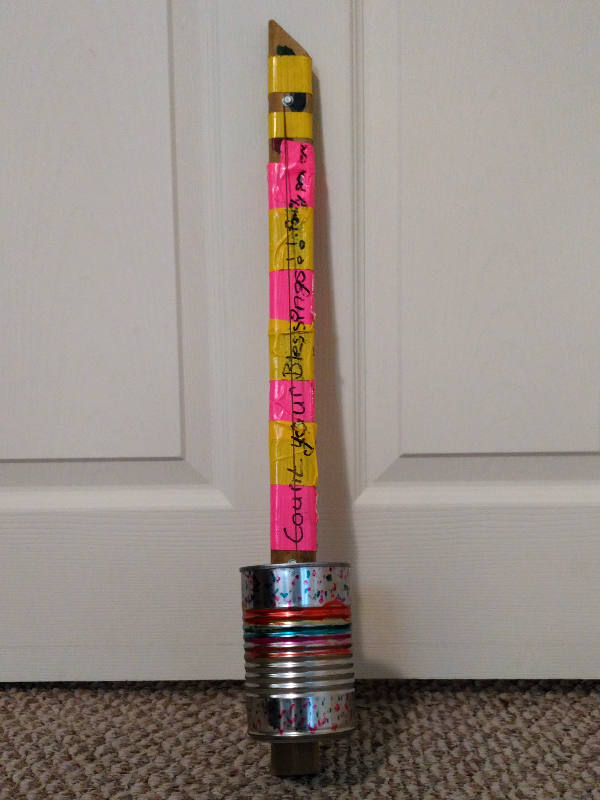
My daughter made this one-stringed instrument when she was 9 years old. I still treasure it.
Singer-Songwriter, Novelist

My daughter made this one-stringed instrument when she was 9 years old. I still treasure it.
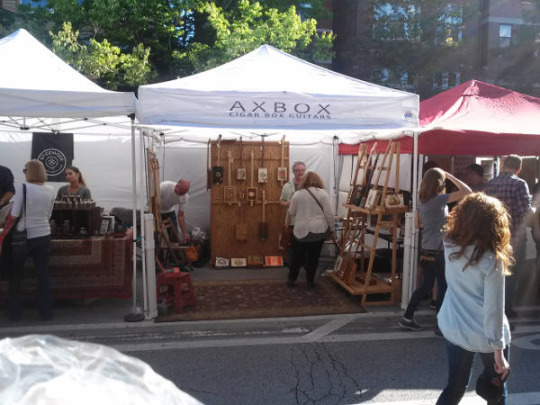
At the Renegade Craft Fair in Wicker Park yesterday, I got to play some of the fine instruments made by Kimmer Olesak, founder of AxBox Cigar Box Guitars. “Handcrafted from found objects and the highest quality custom materials,” each instrument was unique and had something irresistible about it. Kimmer invited me to plug into the small amplifier he had in the booth, and I took him up on it. I was impressed by the sound of these instruments and by the craftsmanship it had taken to build them.
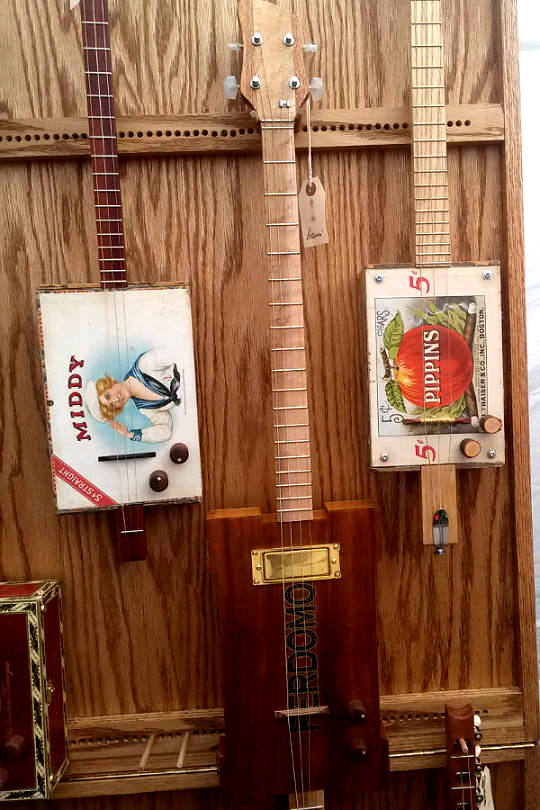
Not only did these three- and four-stringed instruments sound great, but many had that little “chime,” or sweet spot—whatever you’d like to call it—that you get when you play a nice instrument. Kimmer (below left, with yours truly) also makes cigar box ukuleles, and in the end, it was a Don Tomas uke that would not let me leave without it. I’ll be sure to post a pic if I can stop playing it long enough.
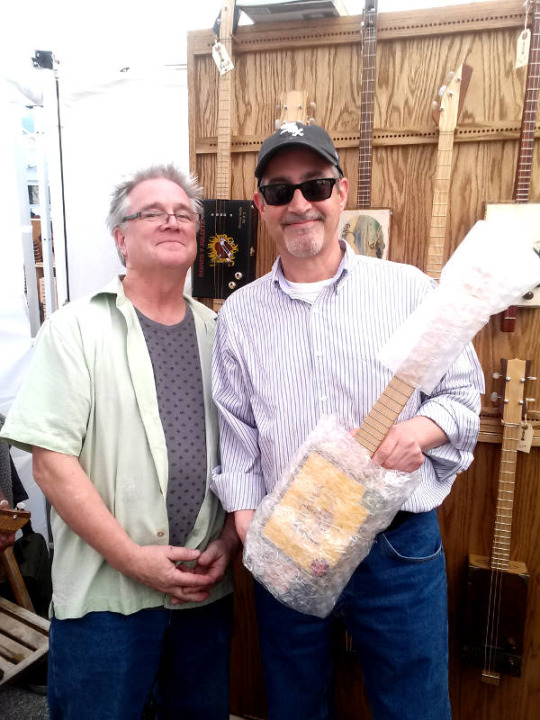
Be sure to check out the AxBox Cigar Box Guitars website for more on these quality cigar box guitars and ukuleles.
I recently finished mastering my upcoming single, “I’m a Reader.” I’d never mastered anything on a laptop, so there was a bit of trial and error involved. My first try was too loud. It’s called hypercompression, and here’s what that looks like.

I loved it loud. The problem, though–at least as I understand it–is that this loudness will make the music sound worse when streaming services use loudness normalization to make everything play at the same volume. I removed the maximizer from the equation, but the song became too quiet (below).

I had clearly overcompensated (despite this, the waveform clipped twice, as the two red lines indicate). While the song sounded nice at a high volume, it now had too much headroom. I decided to give one of my preset combinators a try, and here’s what happened:

Clearly, things were improving, but I still missed some of the oomph that the original hypercompressed master had. Using the same preset combinator I’d just used, I ditched the preset controls and tweaked away. I liked the sound, and the waveform looked more like what I’d had in mind.

It was a keeper. I have a lot to learn before I can ever master mastering, but I’m light years ahead of where I was a few weeks ago. The thing is, you do your best and keep learning. I’ve got a lot more music to put out. Look for “I’m a Reader” to be available shortly.

I had fun playing the music of The Jerrys live on May 1 in the WZRD studio. Playing and singing while accompanying myself via a laptop, I played ten songs by The Jerrys, including a preview of the not-yet-released single, “I’m a Reader”:
1. Every Girl
2. What the World Could Use a Lot More Of
3. New Day
4. Let’s Groove
5. Bigger Than Oprah
6. When I’m in Love
7. Bridget and Me
8. Back in the Day
9. Telepop
10. I’m a Reader
Alejandro Aguilar interviewed me halfway through the set, and he and the other folks at WZRD (or “wizards,” as they are known) were fantastic. I especially thank Alejandro, Ellie, and Rick for all of their help and for making the night so enjoyable. Check out the video I posted for “Every Girl.”
Stay tuned for more music from The Jerrys, and be sure to visit The Jerrys’ website.
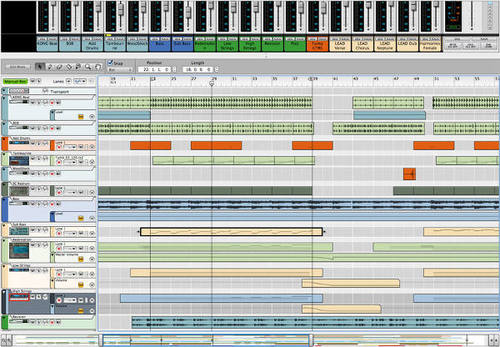
After reading Mike Senior’s Mixing Secrets for the Small Studio earlier this month, I created a checklist of ten things to do to prepare a recorded song for mixing. My process has always been a bit too haphazard, so I plan to use this checklist to ensure that I never miss an opportunity to make my music sound better.
As these can be tedious, time-consuming tasks, many top-tier engineers give them to assistants to perform, but that’s not an option for those of us in home studios. If you’re a home studio user, feel free to use this checklist to better prepare your recordings for mixing. For more, be sure to check out Mixing Secrets for the Small Studio.